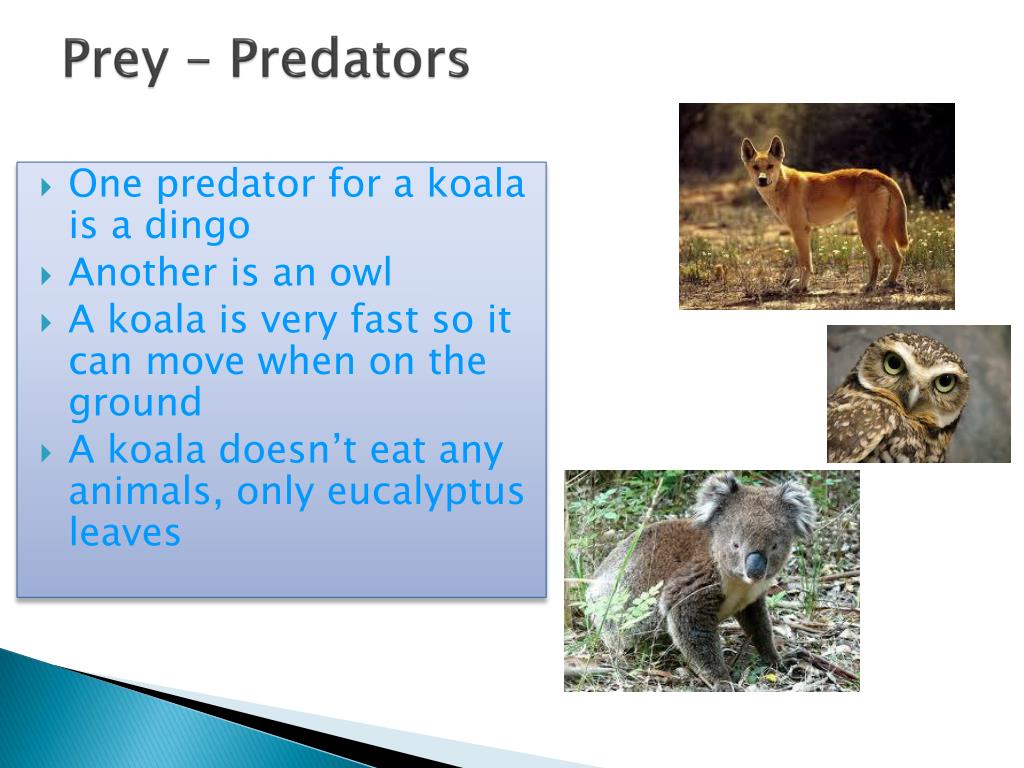

Has such unwarranted persecution of an apex predator happened before - you bet it has - just ask a Thylacine (if only we could find one). Unfortunately, no data was provided to support the assertions that wild dog/dingoes were having a significant impact on wild koala populations, the argument being yet another case of vested interests (wild dog control authorities) not wanting to let facts get in the way of some good fear-mongering and potential funding dollars. But what about the real wild dog/dingo - does the same thing happen in the bush? The 2011 Senate Inquiry made much about the impacts of wild dog/dingoes on koalas, even recommending that these predators should be controlled in priority koala areas. The impact of domestic dog attacks on koalas living in urban and peri-urban bushland settings is a serious problem. Do Wild dog/Dingoes have an impact on koalas? Available longitudinal data is telling us another story though, such that the practice can now be directly associated with significant reductions in koala density as a practice it must be stopped.

Again, disturbance (invariably by humans) is the key factor in the onset of clinical symptoms and/or morbidity.Ĭurrent practices of disease management include (in some areas) the euthanasia of diseased koalas (mostly females) in an attempt to increase population fitness and reproductive success. Interestingly, in undisturbed populations disease appears to be a relatively minor issue, although the majority of animals in the population will invariably be hosting both Chlamydia and KoRV. More recently a Koala retrovirus (KoRV) has also got some people concerned because it further complicates our understanding of how disease functions in free-ranging koala populations. Unravelling the relationship between koalas and the intra-cellular bacterium Chlamydia has been the focus of research for many years now. In other Australian States such as Victoria and South Australia governments don't appear to care too much about koalas and sadly see them as more of a problem than the national treasure that they really are. No doubt they are well intended, but the reality is they are poorly administered and applied. Habitat loss is also ongoing despite a plethora of legislation and planning policies, thus begging the question of why these things aren't working. It is also becoming increasingly apparent that the species is under immense pressure in more western parts of its range from factors arising from climate change. There is no argument however, that the distribution of koalas throughout their historical range in eastern Australia has been much reduced by human activities. If we consider the word 'endangered' to mean in imminent danger of extinction then no, the koala is neither endangered nor is it functionally extinct (as some people claim) and will likely be around for decades to come. This is a difficult question to answer simply. Now that's not too much to ask is it? Koala Beach on the Tweed Coast on far northern NSW is a great example of what can be achieved, the sad part being that it is also the only example. Yes they can, as long as we respect and meet their basic needs for survival - retention of their preferred food trees, protection from domestic dogs and cars, and minimal restrictions on movement through their home range areas. Left to their own devices and with minimal disturbance, adult koalas will live in their respective home ranges for long periods of time, sometimes their entire lives. Koalas also vary in size from north to south, the weights of alpha-males increasing to maximum weights of from 9-11kg to 13-14kg respectively.Ī koala's home range area contains everything that it needs to survive from year to year - food, shelter and other koalas for breeding purposes. Key food tree species vary throughout the species range, sometimes with soil type but not within botanical provinces. At the population level, they live their lives in a matrix of overlapping home range areas that vary in size depending on the quality of habitat they are living in (measured in terms of the density of their preferred food tree species), gender and social status. Koala conservation may appear complex to some people the species is declining in some Australian states yet is an apparent problem in others - why is that? We hope the following information is useful.


 0 kommentar(er)
0 kommentar(er)
